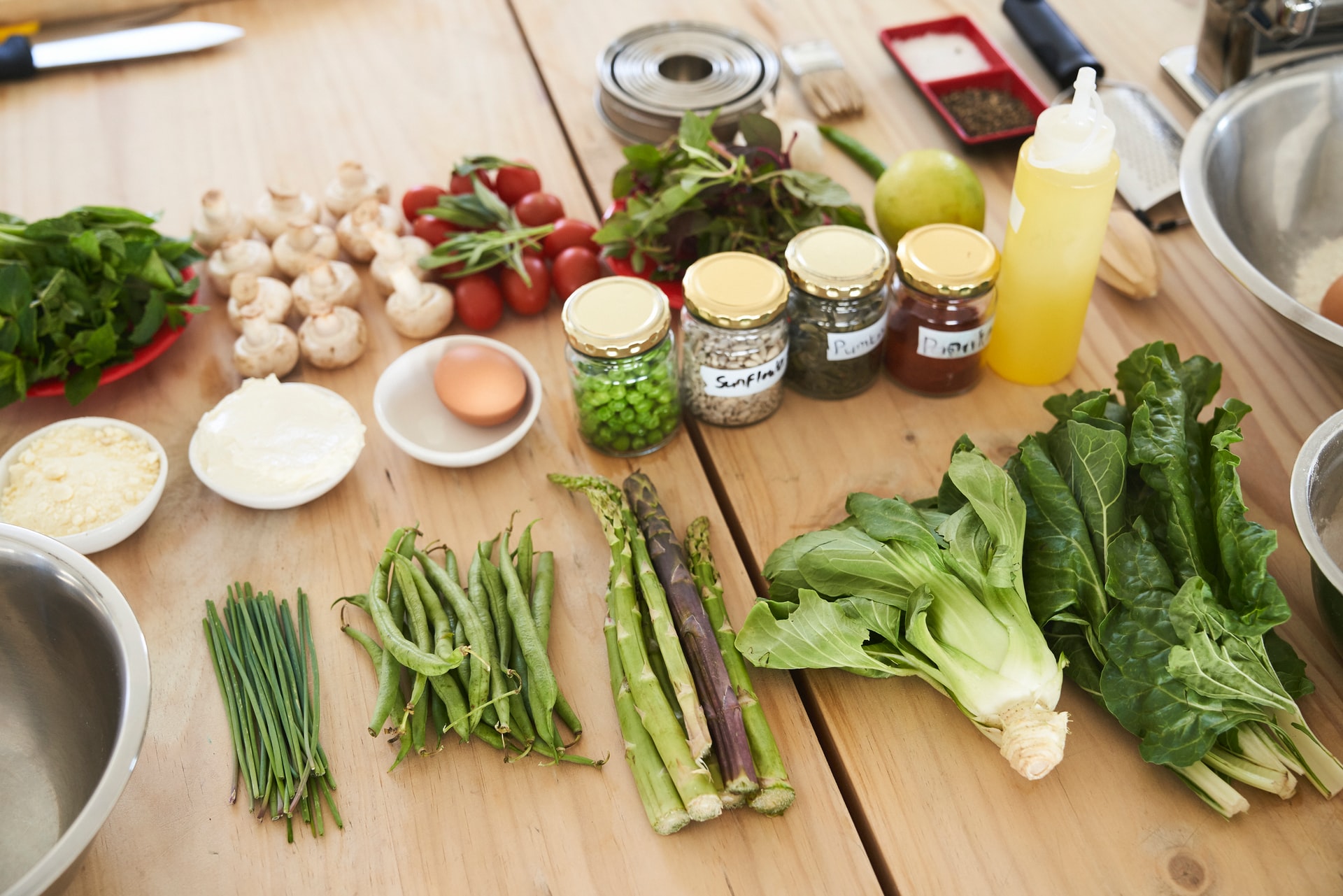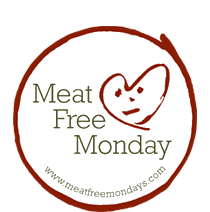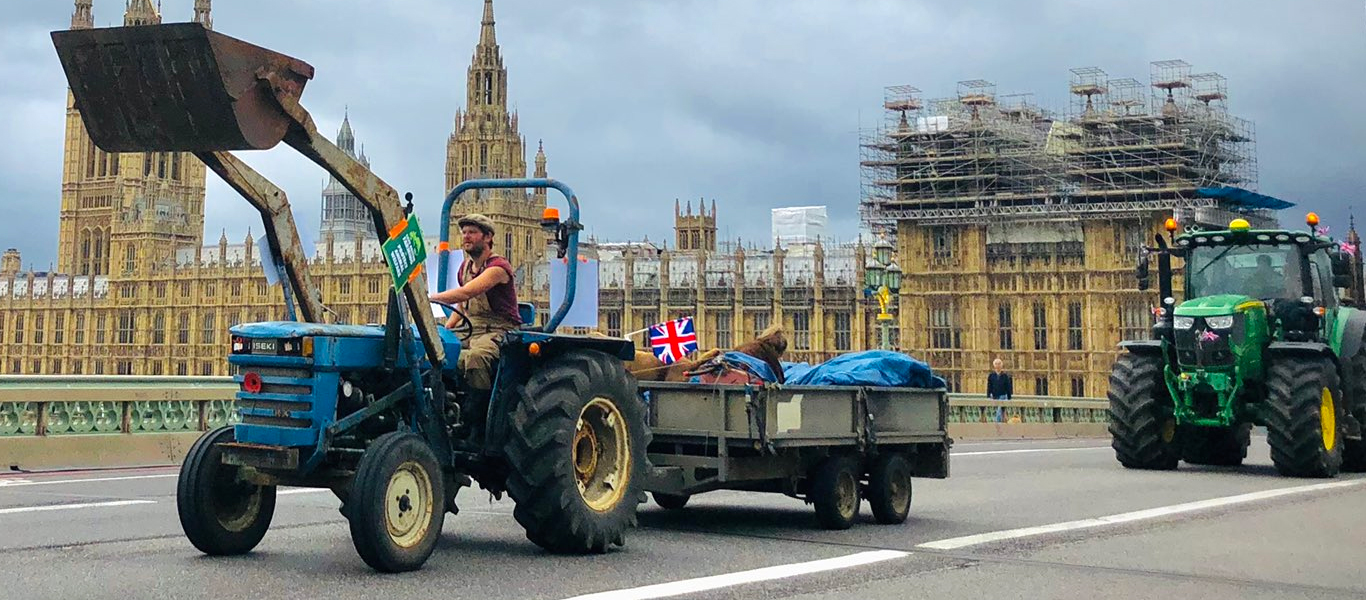Eating less meat is better for animals, people and the planet. As high welfare, sustainably produced meat is slightly more expensive than that from animal factories, reducing the amount of meat you eat will also mean you save money.
You can reduce your overall meat intake by eating some vegan or vegetarian meals and by reducing the amount of meat you eat in each meal. Here’s some tips on how to do it:
1. Try going meat free for one day a week; sign up for Meat Free Mondays! This 15% reduction in your meat consumption can be massively beneficial to the environment and your health (see this article by Sustain for more information).

2. Make sure you get enough protein everyday from vegetarian sources, like lentils and almonds as protein helps you feel fuller and satisfied for longer. The Recommended Daily Allowance of protein is 0.8 grams of protein per kilogram of body weight.

3. Experiment with new grains and vegetables, to add a variety of new flavours and textures to your meals, as eating the same things will become boring. For example, try this buckwheat garden salad.

4. Look to the cuisines of countries with well-known vegetarian dishes such as India and Mexico for inspiration for delicious meals like this sweet potato, lentil and coconut curry.

5. Buy meat on the bone, as bones not only add extra flavour but can also be used to make a stock for another meal, like this delicious chicken noodle soup.

6. Bulk up meat dishes with beans, grains or vegetable. For example, try putting another carrot into a Bolognese. Or if you are making beef burgers, try putting some cooked lentils into the mixture to make lentil and beef burgers.

7. If you really like your meat, add ‘meaty’ flavours by using soya sauce or dried mushrooms, and ‘meaty’ textures like aubergines like this mushroom risotto.

8. Reach for whole and unprocessed snacks rather than vegan junk food – so carrots and hummus or apples with peanut butter rather than a bag of Oreos – as getting maximum nutrition means you will feel the most satisfied with your meal.

9. Use meat sparingly, and as an extra flavour, such as bacon pieces in this Braised Red Cabbage.

10. Try substituting your favourite foods for meat free versions, for example, instead of pre-packaged sausage rolls, try making these Mushroom Sausage Rolls.
Check out our website for more tips on eating less (but better) meat and what high welfare pork labels to look out for!
Share This Article
Related ArticlesView All
Ching He Huang says #TurnYourNoseUp at Factory Farming
TV chef and food writer Ching He Huang MBE, says #TurnYourNoseUp at factory farming. Her food ethos is to use… Read More
Anaerobic Digesters Facilitating UK Factory Farm Expansion
Malcolm McAllister, CEO of Farm Renewables UK, paints a rosy picture of the anaerobic digester (AD) plants which his company… Read More
Is Red Tractor High Welfare?
When it comes to buying pork, the Red Tractor label does not offer any assurance that the pigs were raised… Read More
#SaveBritishFarming London March
Yesterday, farmers and activists gathered in London to protest the real prospect of sub-standard imports from the US that would… Read More
Farm Case Study 13: Farmer’s Choice, Hampshire
Jason from Farmer’s Choice Free Range in the South Downs says COVID-19 caused an increased demand that was driven both… Read More
Factory Pig Farms Create New Strain of Swine Flu, Scientists Warn
A new strain of the swine flu virus, H1N1 G4, has been detected both in pigs and humans in China…. Read More








“I just don’t think we can count on market prices to reduce our meat consumption,” he said. “There may be a temporary spike in food prices, but it will almost certainly be reversed and then some. But if all the burden is put on eaters, that’s not a tragic state of affairs.” If price spikes don’t change eating habits, perhaps the combination of deforestation, pollution, climate change, starvation, heart disease and animal cruelty will gradually encourage the simple daily act of eating more plants and fewer animals.
Factory farming may have reduced the amount of land needed for meat production however the conditions for these animals can only be described as cruel and inhumane. Far from the idyllic, large pastures that are shown in advertisements for meat, milk, and eggs, factory farms typically consist of large numbers of animals being raised in extreme confinement. Animals on factory farms are regarded as commodities to be exploited for profit. They undergo painful mutilations and are bred to grow unnaturally fast and large for the purpose of maximizing meat, egg, and milk production for the food industry. Their bodies cannot support this growth, which results in debilitating and painful conditions and deformities. Factory farming is also a huge strain on natural resources as they produce huge amounts of waste as a result of raising so many animals in one place, polluting land, air and water.